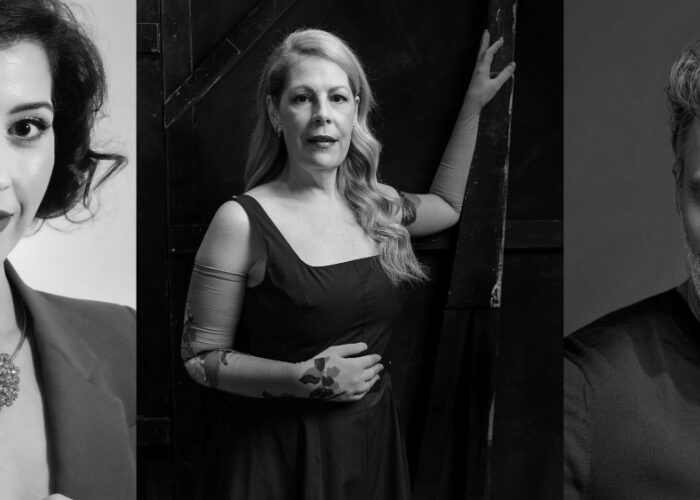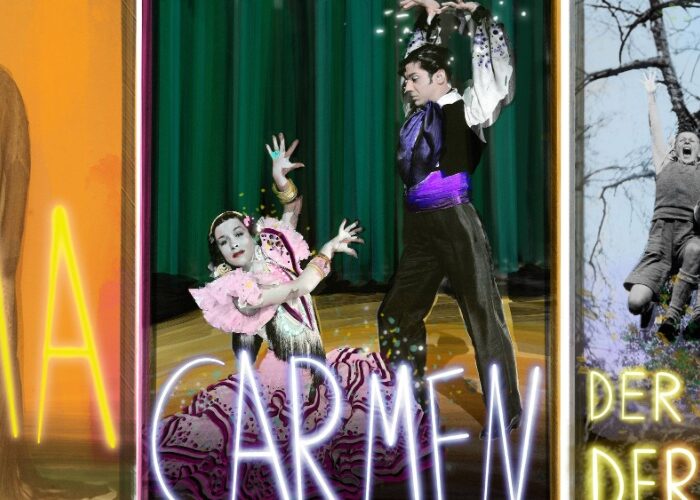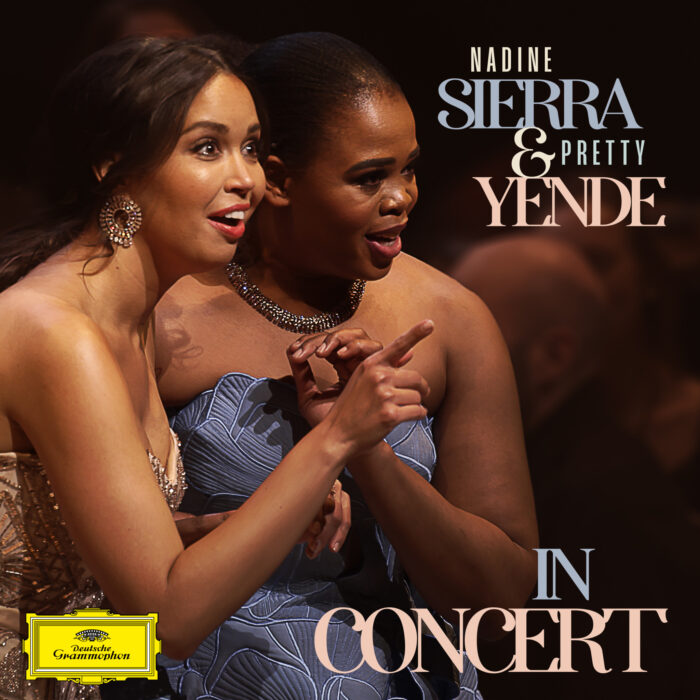
A Female Conductor, Bel Canto Dearth & Other Trends Of the Met Opera’s 2019-20 Season
By David SalazarThe reveals of repertory for major opera companies is also a statement of intent. In the case of the new Met Opera seasons, there are always underlying trends worth glimpsing, to emphasize the general direction of the company.
The 2019-20 season has its fair share of unique stories worth looking at further and we identified a few that dovetail with what has happened in years past.
No Met Exclusives
In a time when co-productions are the norm, it is still common to see companies premiere house exclusive productions. This has remained the norm at the Met with “La Traviata” and “Samson et Dalila” in 2018-19, “Norma” and “Tosca” in 2017-18, and “Rusalka” in 2016-17. We could keep going on and on and each season would yield a unique Met only production.
But not in 2019-20 where every single new showcase is linked with another company. The Met co-produced “Porgy and Bess” and “Akhnaten” with the English National Opera while “Wozzeck” is being co-produced with the Salzburg Festival, Opera Australia, and Canadian Opera Company. Finally “Der Fliegende Holländer” is in conjunction with the Dutch National Opera, and L’Opéra de Québec, while “Agrippina” is an adaptation of a production from the Théâtre Royal la Monnaie / De Munt Brussels.
Given the repertory, it isn’t surprising; none of these operas are repertory fixtures like “Tosca” or “La Traviata.” It could be an indication that these operas themselves might not get revivals beyond this season.
Puccini Dominates Cinemas
This is also related to the previous point because all the new productions are on the HD slate. Given their general rarity in the repertory (though one would argue that Wagner sells out no matter what), it is unsurprising that the Met would fill out its HD slate with more popular fair, specifically three operas by Puccini.
This will be the fourth time that “Tosca” gets an HD since the programming started in 2006-07 and the second time in three seasons. This will be the third “Turandot” performance broadcast around the globe as, well as the third for “Madama Butterfly.”
With the exception of the new productions (all of them getting HD broadcasts for the first time), two of the operas in this season’s schedule have never gotten Live in HD broadcasts – “Kát’a Kabanová” and “The Queen of Spades.
A More Balanced Repertory Slate
This season is arguably among the most balanced in terms of representation in the standard repertory. All of the major composers (Verdi, Puccini, Mozart, Wagner, Strauss, Rossini, Massenet) are represented. In past years, Verdi and Puccini would dominate the repertory, and while the latter will still get representation with five operas, the latter is only showcased in three works. There will be three German operas, three French operas, a Russian work, a baroque opera, a Czech opera, and two operas in English. There are a total of 16 composers represented throughout the repertory.
Contrast that with the 2018-19 slate which was dominated by four composers (Puccini, Verdi, Wagner, Mozart) who comprised 15 out of 27 operas on the Met stage. A total of 13 composers were represented throughout the season, though two were showcased over the course of one evening (Tchaikovsky and Bartók in the “Iolanta” / “Bluebeard’s Castle” double bill).
Bel Canto On The Decline?
One drawback from the greater balance overall is that something will have to give and it seems that under new music director Yannick Nézet-Séguin, the bel canto repertory is set to have a less prominent role at the Met. A few years ago, bel canto operas were opening new seasons, getting new productions, and dominating the repertory. But in the new music director’s two seasons, Met audiences have seen just three Bel Canto operas; “La Fille du Régiment” was the genre’s sole representative in 2018-19 and 2019-20 will only showcase “La Cenerentola” and “Maria Stuarda” for 12 performances total between the two; for perspective, a number of operas are getting more performances each, many of which are performed nearly every year with the company.
“La Bohème” is getting 16 performances and “La Traviata” is getting 14. “Le Nozze di Figaro” will get 15 showcases and “Madama Butterfly” will take the Met stages 14 times. “Turandot” gets 13 performances. “Porgy and Bess” is getting 14 total performances, though it must be noted that it has not been performed at the Met since 1990.
It should be interesting to see what future seasons bring and what the bel canto repertory’s status at the Met will be under its new maestro.
A Fifth Female Conductor
When she takes on “Akhnaten,” Karen Kamenek will be the fifth female conductor in the company’s history, following in the footsteps of Sarah Caldwell, Simone Young, Jane Glover, and Susanna Mälkki. That said, Kamenek, like Mälkki and Glover (who stepped in for the abridged “Magic Flute”) will not be appearing in a major repertory staple like “La Bohème” or “La Traviata,” which as noted have over a dozen performances each, all by male conductors. It should be interesting to see if the Met’s recent news that it will be premiering new operas by women composers, will also bring with it more female conductors in not only rare works, but also standard repertory.
Categories
News

